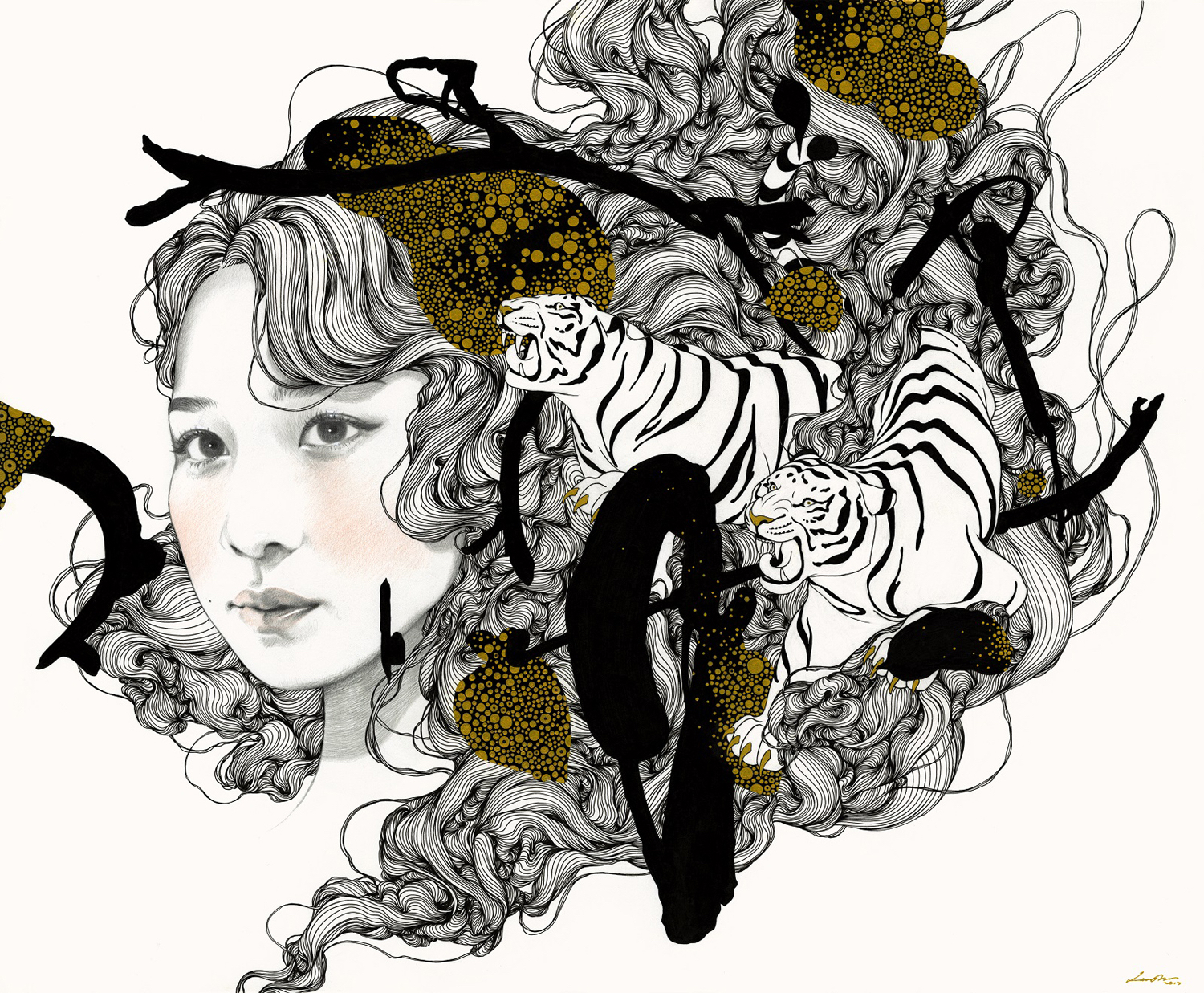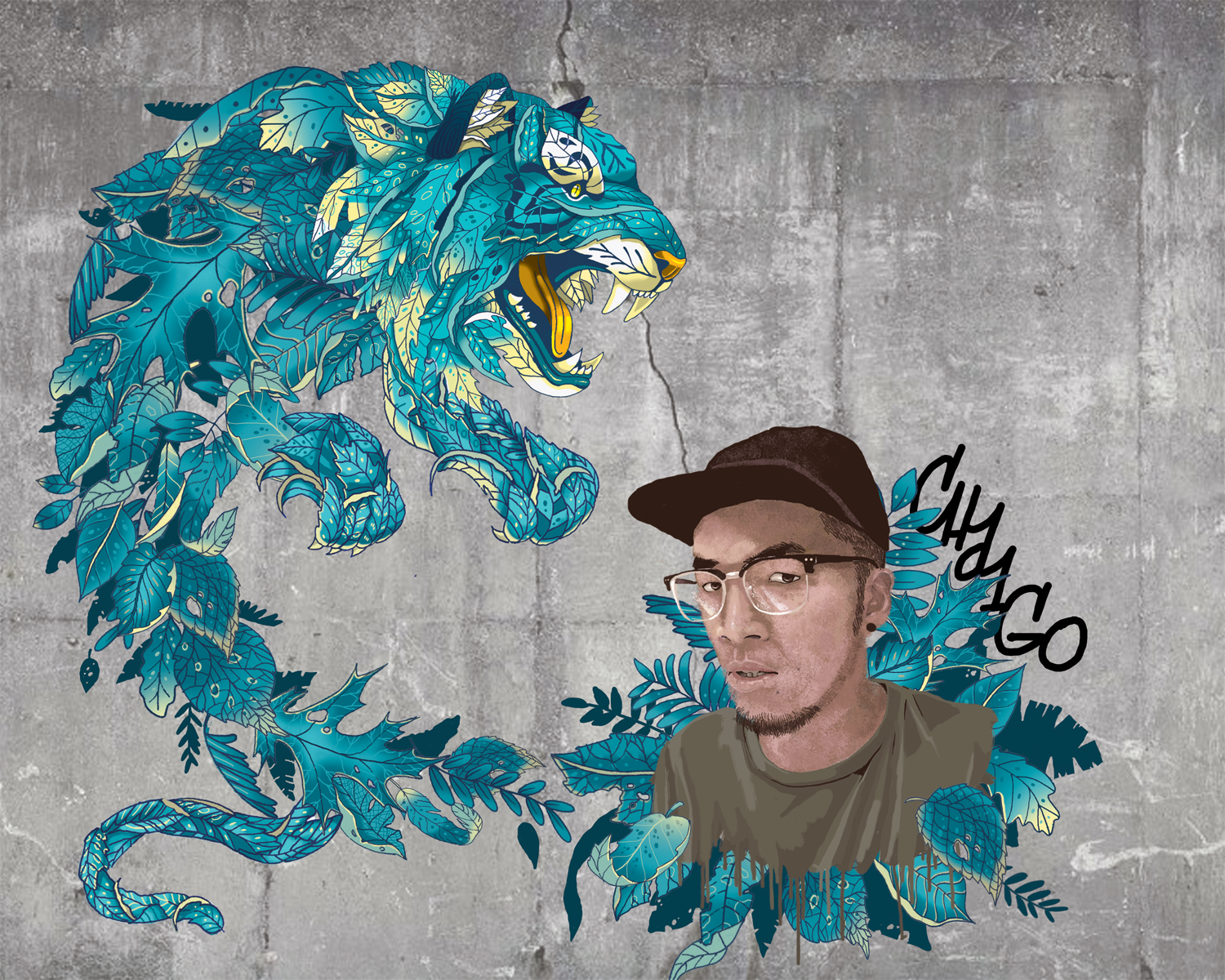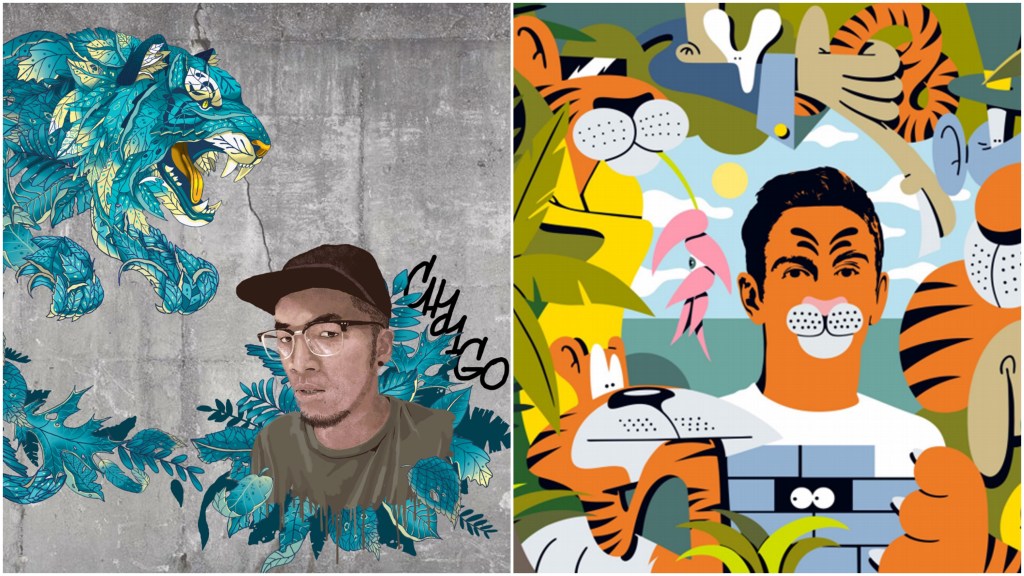It is estimated that only 3,890 tigers exist in the wild. Their habitats have been diminished by over 90% and the animals are worth a fortune on the black market. Traditional Chinese medicine creates the most demand for tiger products, as tigers hold a particular mystique and power in Chinese lore. Tiger bones are believed to hold anti-inflammatory properties and are used in powders, soups, and balms, among other items, while tiger pelts are even more coveted.
Despite poaching and other devastation, the wild tiger population has been on the rise in recent years, and the World Wildlife Fund (WWF) has made it their mission to keep it that way. They recently received a $1 million donation from Tiger Beer to support their cause. According to Mie-Leng Wong, Global Director of Tiger Beer, “We cannot imagine living in a world without tigers. More than 80 years ago, we chose the tiger as our beloved icon, as a symbol of Asia’s strength and spirit. Tigers are more than just an emblem of our brand; they symbolize courage, power, and have significant cultural meaning, especially in Asia.” In addition to their hefty donation, Tiger Beer has launched a six-year global partnership with the WWF to raise awareness around the illegal tiger trade through their 3,890 Tigers social media campaign.
Videos by VICE

The campaign centers on selfies using the hashtag #3890Tigers alongside designs by six artists, each from a different part of the world. The artists were commissioned to create interactive selfie backgrounds inspired by tigers. One of the commissioned artists, Nick Gentry, was particularly inspired by a campaign-sponsored visit to the Serepok Wildlife Sanctuary in Cambodia. “Growing up in the urban city of London, it was shocking to see an empty forest with absolutely no more tigers left as opposed to a forest alive with tigers just 50 years ago. The time is now for us to save the tigers, and we need to do it together,” Gentry tells Creators. “It was a life-changing experience and a vivid reminder that tigers would soon disappear if we do nothing.”
Known for his floppy-disk paintings, Gentry works with recycled tech waste and other personal items to comment on consumerism and cyberculture in modern society. “I work a lot with sustainable materials and the art I have created using recycled floppy disks, of my face alongside that of a tiger, is a symbol that modern man, nature, and tiger can live in harmony,” he says of his creation for the 3,890 Tigers campaign.

Tiger Beer and the WWF hope that through art they can establish baseline awareness of this global issue. In order to continue supporting the growth of the tiger population, the general public needs to be informed about the illegal tiger trade and fully understand the gravity of a world with only 3,890 tigers left alive in the wild.
“There is power in people coming together,” Wong explains. “By sharing the selfie art on social media using the hashtag #3890Tigers, it represents a pledge against illegal tiger trade and a commitment to not purchase products made with tiger parts. It is a simple and quick way for people to raise awareness and help stop illegal tiger trade. All it takes is 30 seconds to make a difference—simply upload their picture, pick an artist, and share their unique selfie art to save wild tigers.”


Find out more on the 3,890 Tigers website, and post your selfie using the #3890Tigers hashtag today.
Related:
How Wildlife Photographers Are Using Instagram to Save Earth’s Endangered Species
More
From VICE
-

Photo by FatCamera -

Screenshot: Grinding Gear Games -

Screenshot: GSC Game World

